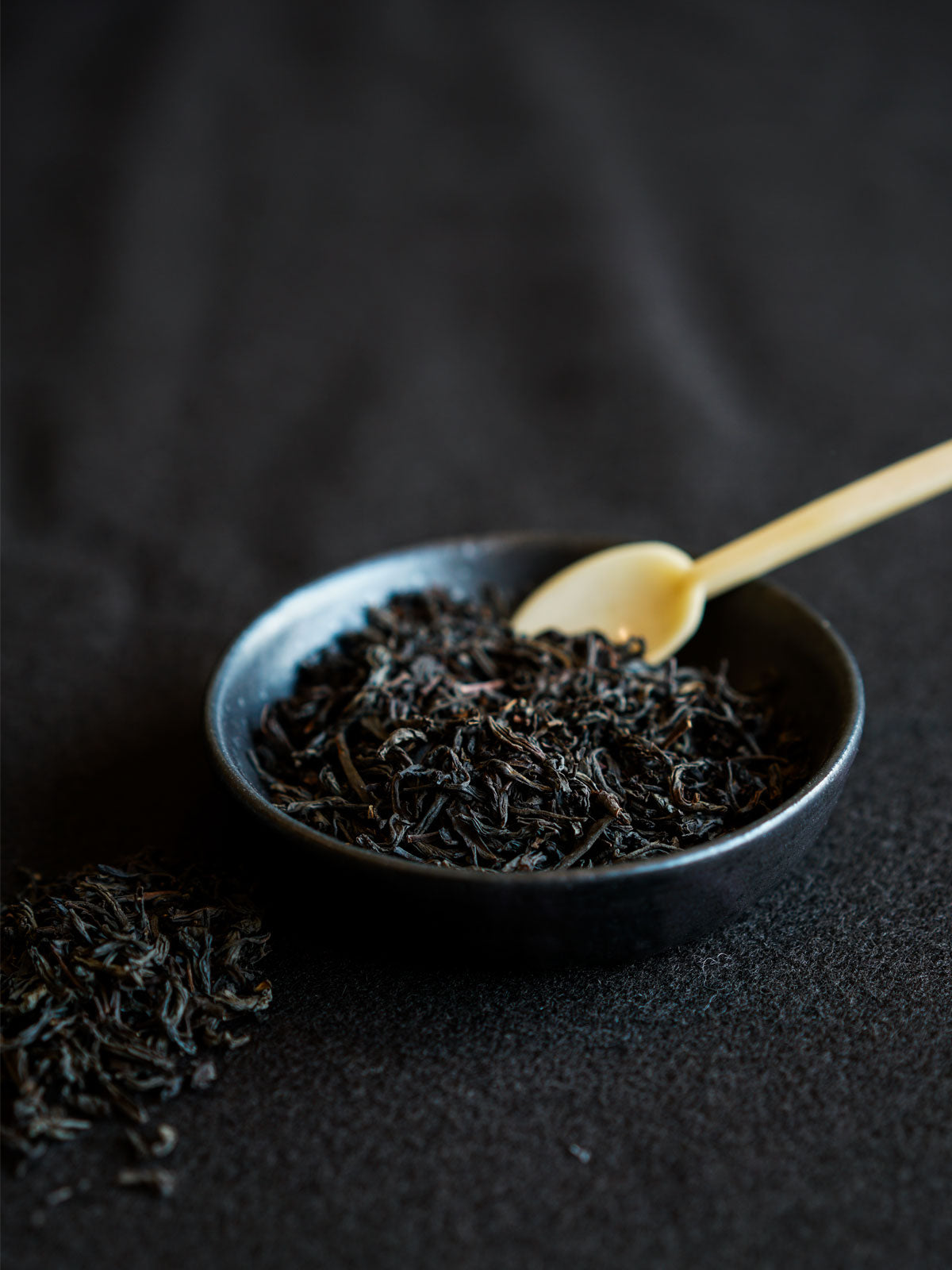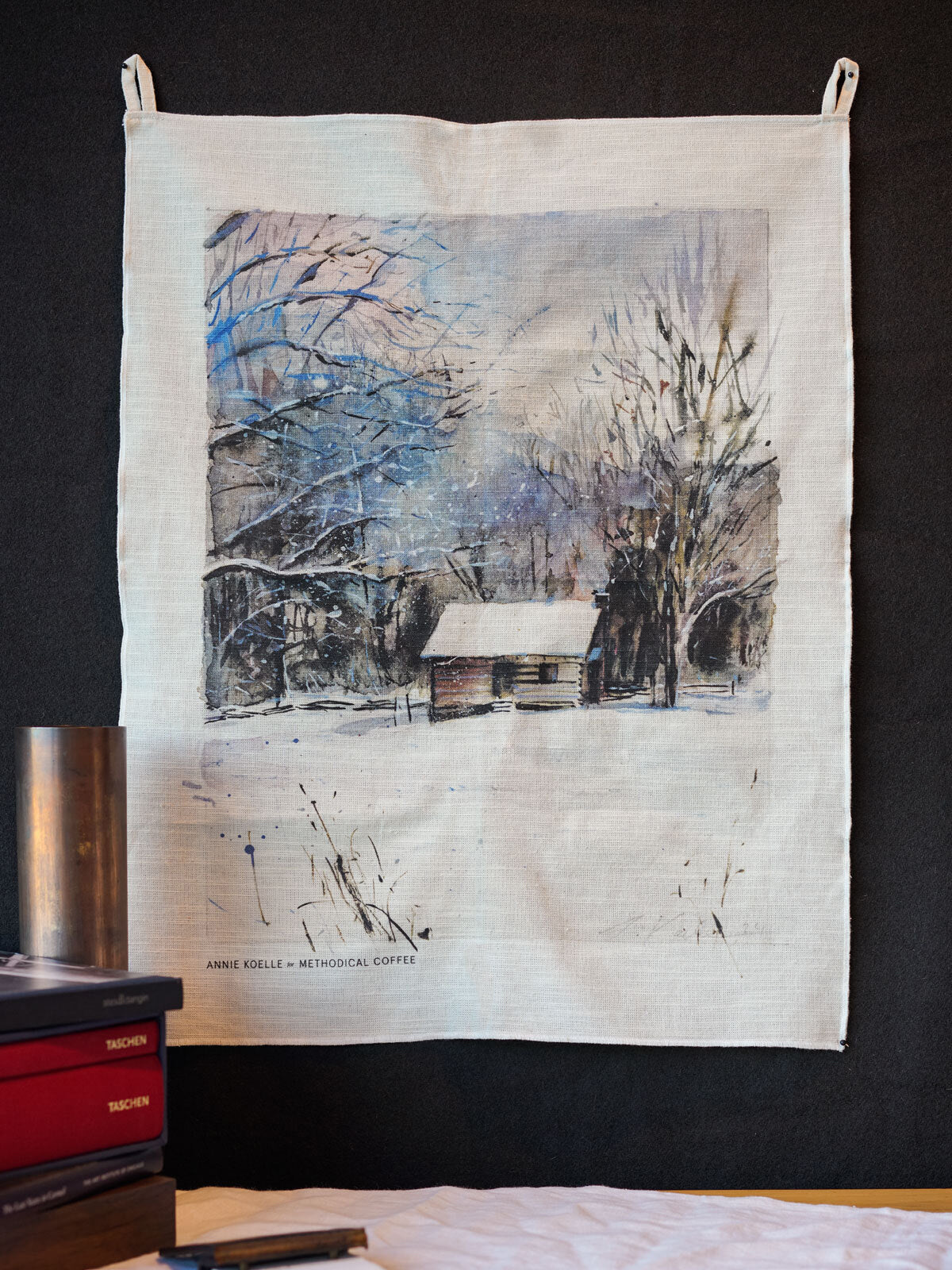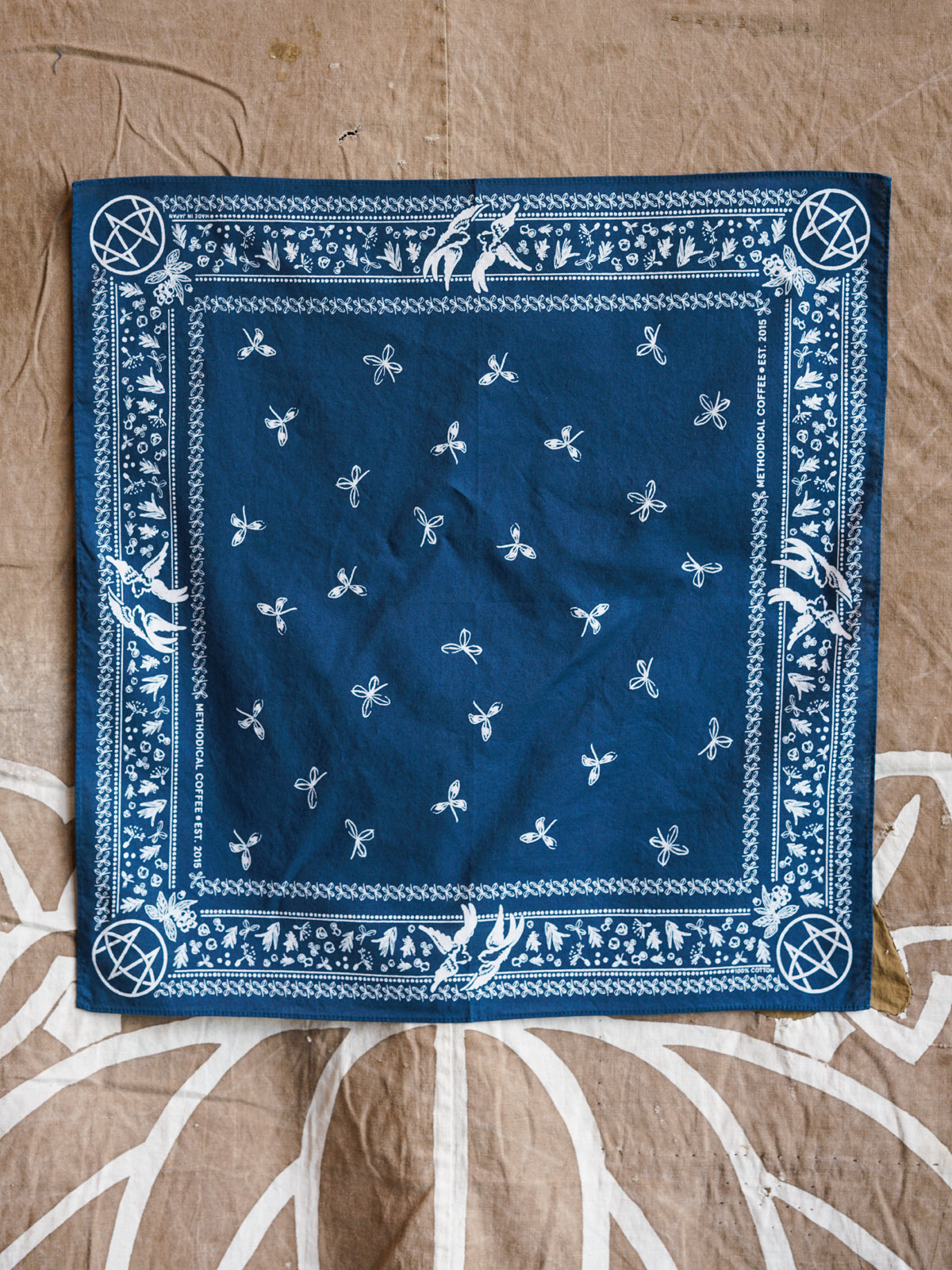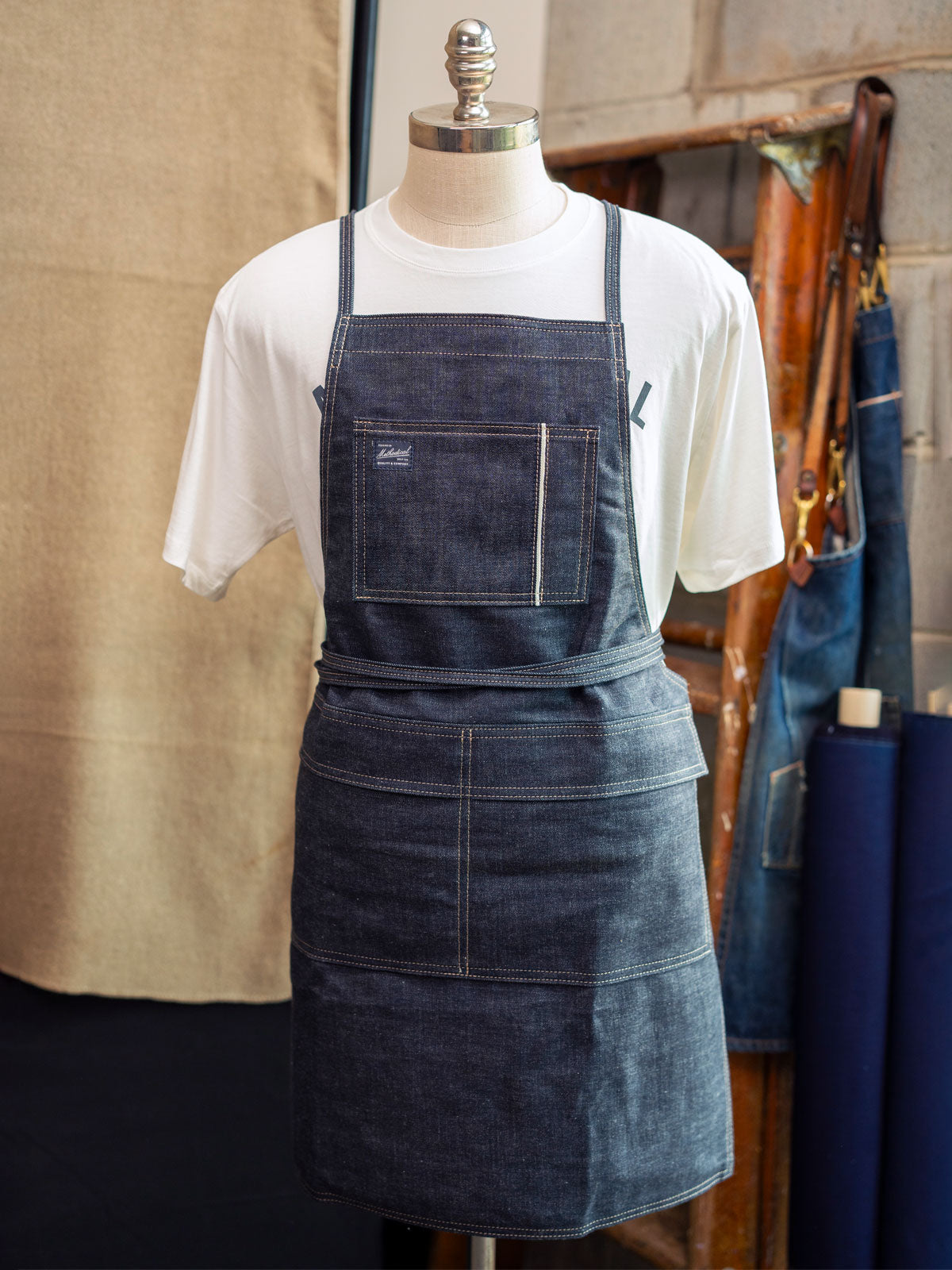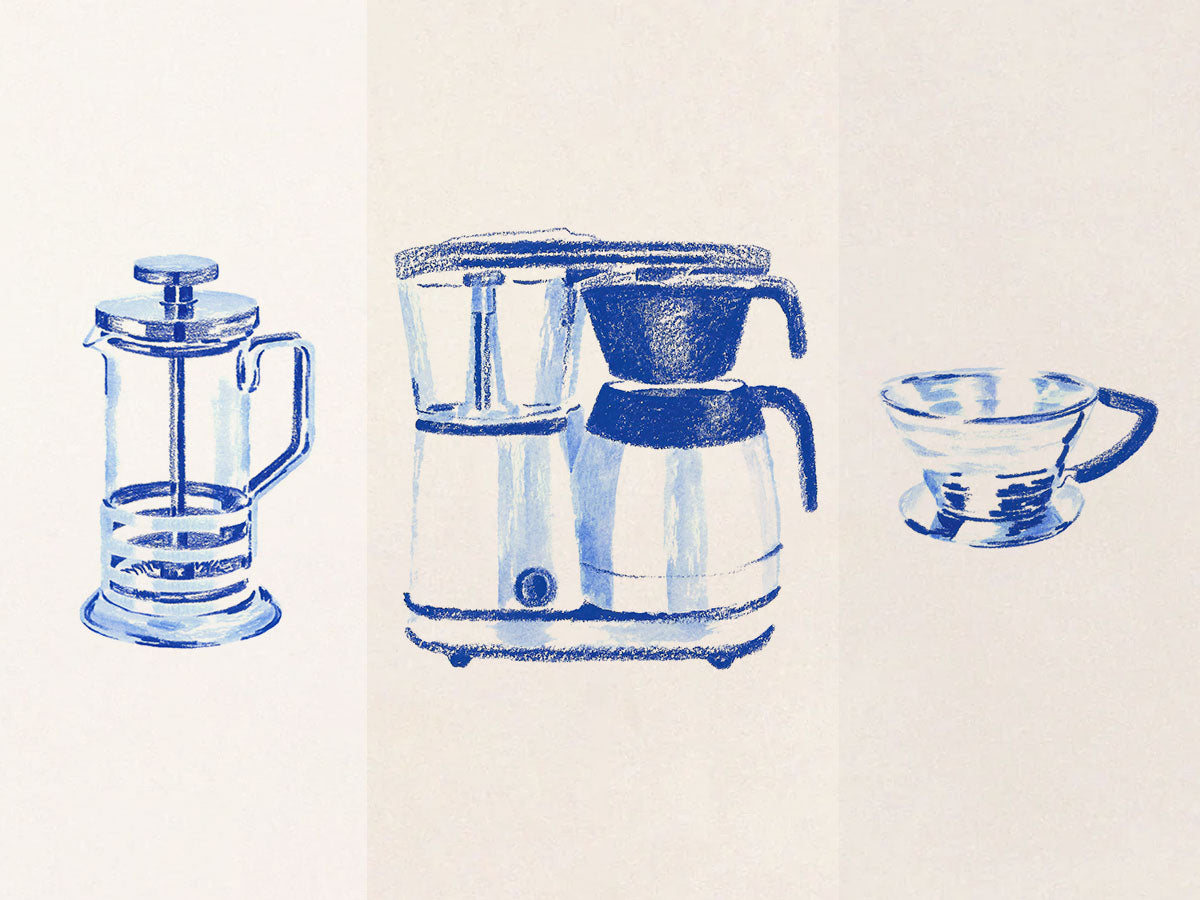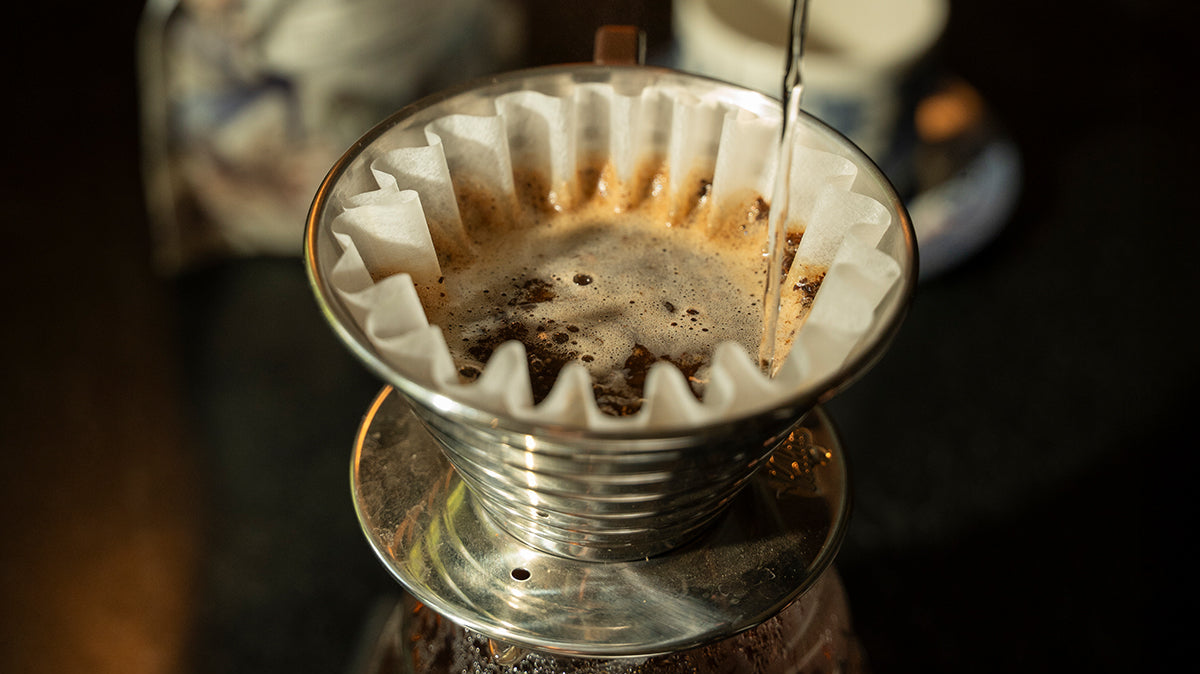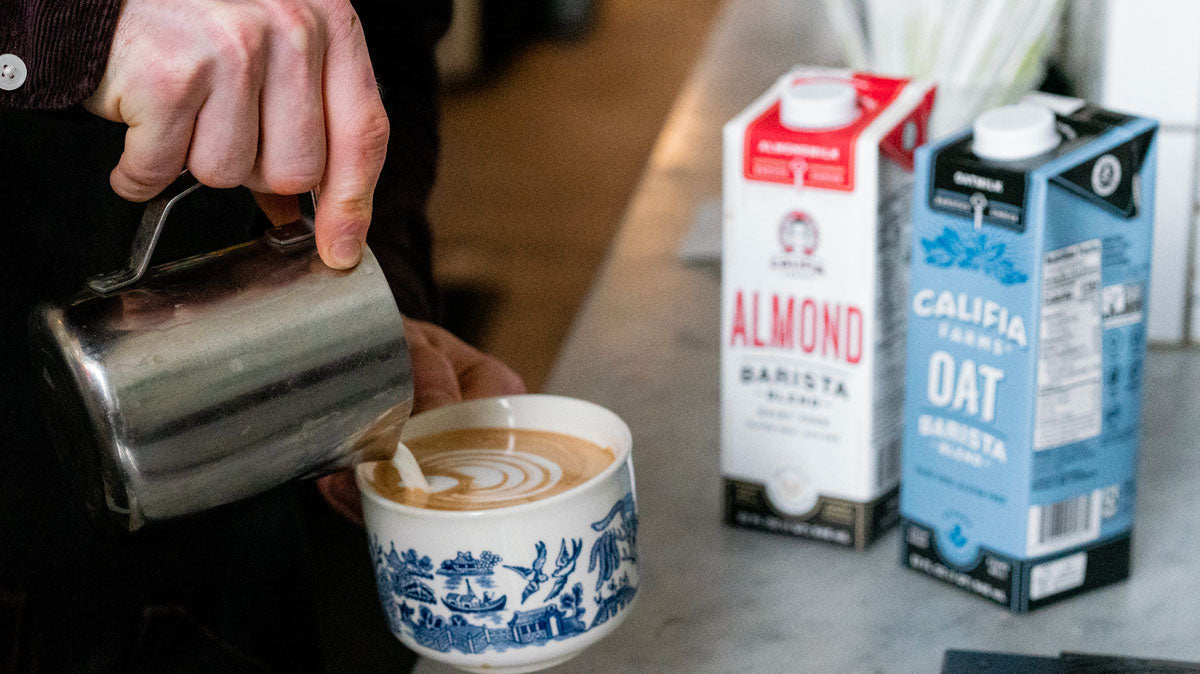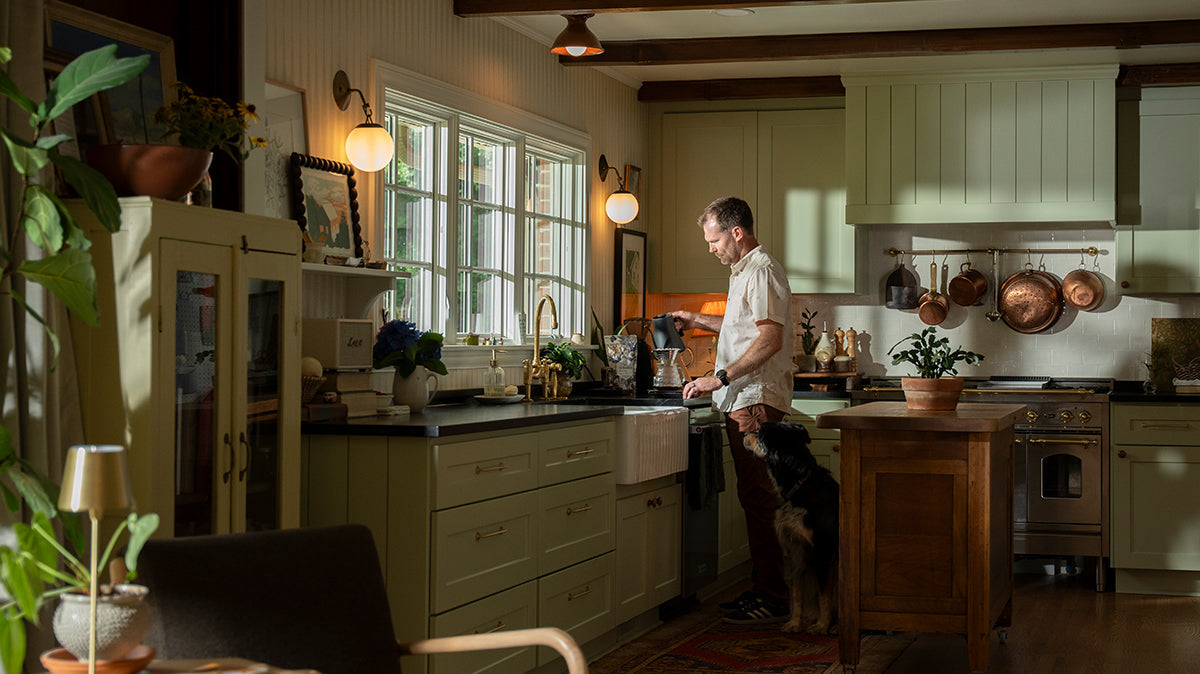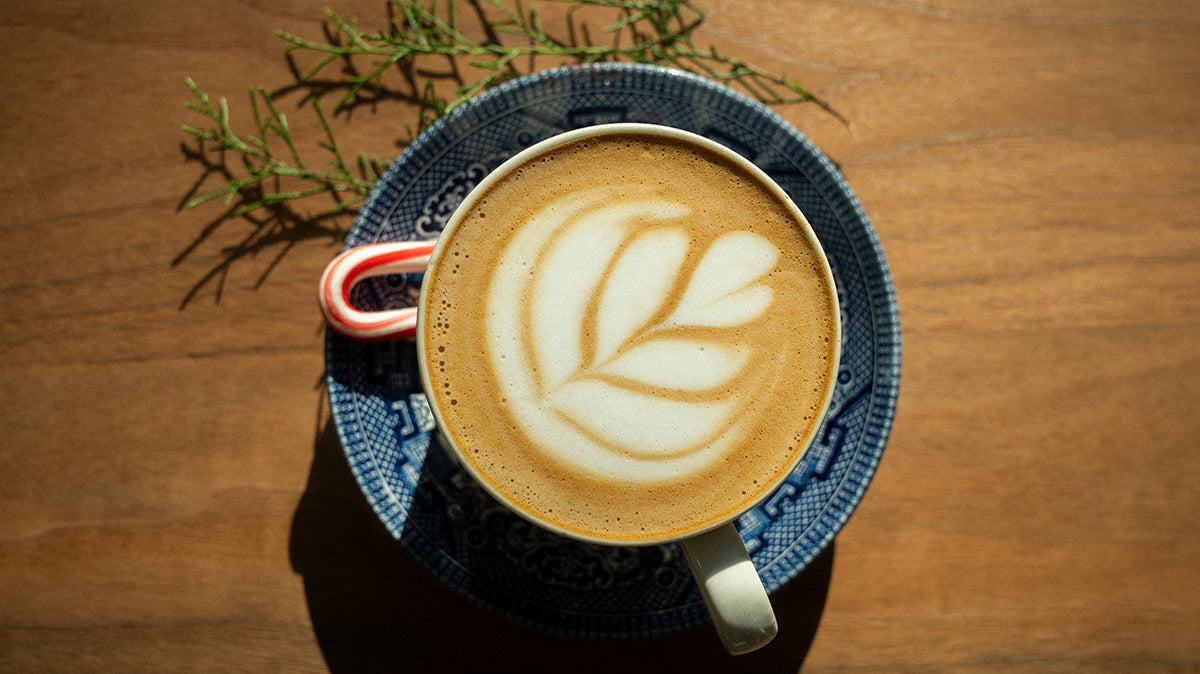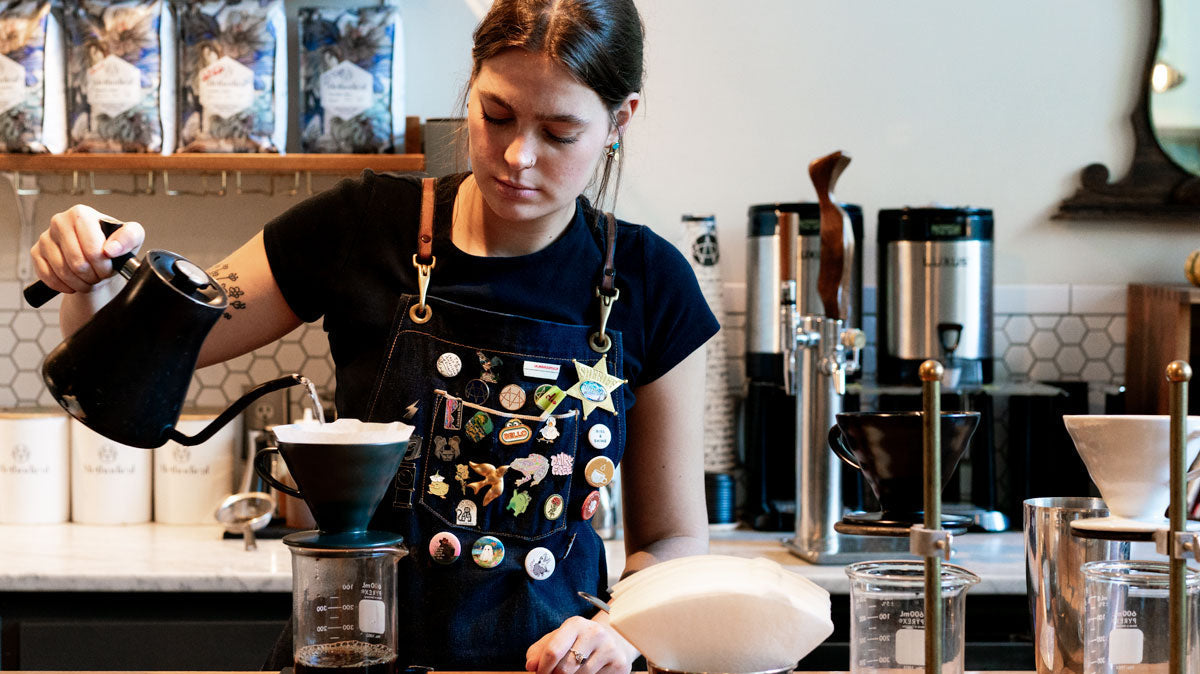To the uninitiated, the world of coffee can seem a little intimidating. Black coffee, cappuccinos, espresso–there are seemingly countless terms in the coffee world and an equal number of ways to enjoy this deceptively complex beverage. When it comes to making coffee at home, most folks opt to use a French press, pour over, or drip coffee maker. These methods are simple and beginner friendly, but are distinctly different from each other in a variety of ways. In this guide, we’ll break down the differences between these methods to help you find the best option for your tastes.
What is French Press Coffee?
French press coffee is made using a French press coffee maker, a simple but effective coffee brewing method. French press coffee makers typically consist of a glass or stainless steel carafe (sometimes stoneware or ceramic) and a lid which includes both a plunger and mesh filter. Coffee made with a French press is rich and flavorful with a smooth mouthfeel and robust body.
What is Pour Over Coffee?
Pour over coffee is made by pouring hot water over coffee grounds held in a brew basket. As the water is poured, gravity works to pull the water through the grounds and extracts freshly brewed coffee directly into a mug or carafe. When brewing pour over coffee, it’s important to do 3-4 circular pours over the grounds; the initial pour is to “bloom” the coffee grounds and extract flavor, while the subsequent pours help to develop a consistent brew.
What is Drip Coffee?
Drip coffee is essentially the same as pour over coffee but the process is entirely automated. Hot water is poured over ground coffee beans held in a brew basket, then gravity does the work to extract brewed coffee into a carafe. The result is usually a smooth and balanced cup of coffee, depending on the roast and grind you use. Drip coffee is almost entirely synonymous with automatic coffee makers, staple appliances in most homes across the country.
French Press vs. Pour Over vs. Drip Coffee
Coffee is coffee, right? It’s a little bit more complicated than that. Don’t worry, we know a thing or two about coffee and how the different brewing methods work. Here’s a breakdown of the key differences between these three methods.
French Press Coffee
Brewing Method
French press is an immersion brewing method, unlike an infusion brewing method that pour over and drip coffee makers use. When making French press coffee, the coffee grounds are steeped in hot water for several minutes before being pressed with a plunger to separate the grounds from the brewed coffee. You don’t use a filter other than the metal mesh plunger, allowing for the oils and fine particles to remain in the coffee.
Equipment
A French press coffee maker is, of course, necessary when making French press coffee. You’ll also need a method for heating water. We recommend an electric kettle, preferably a gooseneck kettle for an even pour.
Flavor
Once brewed, French press coffee is full-bodied, rich, and slightly heavier with more natural oils and sediments. It’s usually more robust and intense than other brew methods due to the direct immersion brewing.
Grind Size
You’ll need a coarse grind when brewing French press coffee, similar to coarse sea salt (we always recommend using a burr grinder for perfectly ground coffee every time). Since this is a direct immersion brewing method, the coffee is extracted more evenly from a coarse grind rather than a finer grind. Since the mesh filter also allows fine particles and sediment to pass through, you’ll want a coarse grind so it’s easier to filter.
Learn how to grind coffee beans like a barista with our thorough guide →
Water-to-Coffee Ratio
You’ll need to use a water-to-coffee ratio of 16:1, which means 16 grams of water for every gram of coffee. You can also use a ratio of 12:1 if you like a stronger brew.
Did you know the quality of your water can influence the taste of your coffee? Learn more with our guide Best Water for Coffee: Your Guide to the Perfect Cup.
Brew Time
French press coffee has a longer steeping time than most other brewing methods, typically around 4-5 minutes. The longer brewing time helps to extract the flavorful oils that French press coffee is known for.
Best Use Case
French press coffee is fairly easy to make at home, so it’s perfect for a wide range of people and lifestyles. If you generally like a stronger, fuller-bodied coffee, you should get a French press.
Pour Over Coffee
Brewing Method
Pour over coffee is an infusion method where water moves through the grounds to extract coffee. With this method, hot water is manually poured over coffee grounds held in a conical filter over a carafe or mug. The water gradually passes through the grounds and filter, dripping into a cup or carafe. The process requires precise control over the water temperature and pouring technique, which affects the extraction.
Equipment
You’ll need a pour-over dripper, filter (paper, metal, or cloth), and a gooseneck kettle. A gooseneck kettle is very important for pour over coffee because it provides a smooth, consistent, and controlled flow of water.
Flavor
Pour over coffee is usually clean, light, and delicate with more clarity of flavor since the paper filter removes most oils and fine particles. The flavor extraction can be tailored by adjusting the pouring style and water flow. Chemex coffee tends to taste a bit more full bodied since it uses a metal filter instead of paper.
Grind Size
A medium grind is best when making pour over coffee for a balanced extraction. You’ll want the grind coarse enough so that gravity can easily pull the water through the coffee, while also fine enough to extract the right amount of flavor.
Water-to-Coffee Ratio
A good water-to-coffee ratio for pour over coffee is 16:1 (16 grams of water to 1 gram of coffee). That being said, you can adjust the ratio depending on your preference. Don’t go too extreme in either direction; ratios ranging from 15:1 to 17:1 are a good place to start.
Brew Time
The pour over method is fairly quick, taking only around 2-4 minutes. The most time consuming part of this process is waiting for the water to boil.
Best Use Case
Pour over coffee is a fairly hands-on method, so it’s perfect for folks who can take the time to follow the steps thoroughly. If you’re a one or two cup a day coffee drinker, a pour over system would be great for you.
Drip Coffee
Brewing Method
Drip coffee makers also use an infusion method to brew coffee. The main benefit of drip coffee makers is convenience, since the process is almost entirely automated. Automatic drip coffee makers heat water via a built-in reservoir, then distributes the hot water via a showerhead over coffee grounds held in a built-in filter. The brewed coffee then drips down into a carafe below; depending on the make and model, the carafe either rests on a heated plate or is insulated to keep the coffee hot.
Drip coffee makers offer less control over the brewing process than the French press or pour over methods. Some drip machines don’t do an effective job of saturating all the grounds, leaving dry patches in some spots while over extracting other spots.
Equipment
All you need for this method is a drip coffee machine, ground coffee, and the right type of filter for the machine you have.
Flavor
Smooth and consistent, but less nuanced and delicate than pour-over coffee. The paper filter can strip oils, resulting in a cleaner cup similar to pour-over, though with less control over the process.
Grind Size
Similar to the pour over method, medium grind works best for most drip coffee machines. A coarse grind would yield watery coffee, while a finer grind would hinder the extraction process.
Water-to-Coffee Ratio
For drip coffee, we recommend a water to coffee ratio of 17:1, which translates to about 10 grams of coffee for every 6oz cup of coffee. If you want a stronger pot, use a ratio of about 15:1.
Brew Time
The brew time for drip coffee will depend on how much you’re making as well as the brand of coffee maker you use. In general, it takes about 5-10 minutes to brew coffee with a drip machine.
Best Use Case
Automatic drip coffee makers are ideal for busy individuals or for when you need to make a large quantity of coffee at one time. They can be prepped ahead of time and programmed to start brewing right when you need it, which can be very handy if you want a few more minutes of beauty sleep in the morning.
Craft the Perfect Cup
When it comes to these brewing methods, you really can’t lose. French press offers a rich, full-bodied cup with bold flavors, perfect for those who enjoy a stronger, more textured coffee. Pour-over provides a clean, bright brew with more control over flavor extraction, ideal for coffee enthusiasts who enjoy a hands-on approach. Drip coffee offers convenience and consistency, making it a reliable choice for everyday brewing. Each method brings out unique characteristics in the coffee, allowing you to enjoy your favorite beans in different ways.
No matter what brew method you choose, one thing is clear: fresh, high-quality coffee beans are a must if you want a delicious cup of coffee. We have a roast for everyone in our extensive selection of single-origin and blended coffees. Grab a bag and begin your at-home barista journey today!
You might also like:


